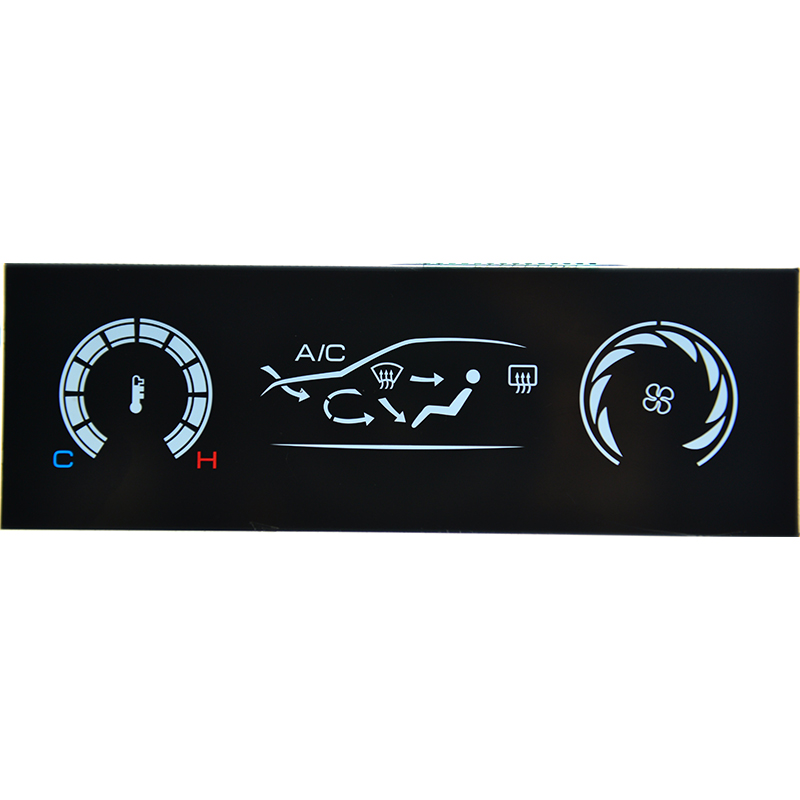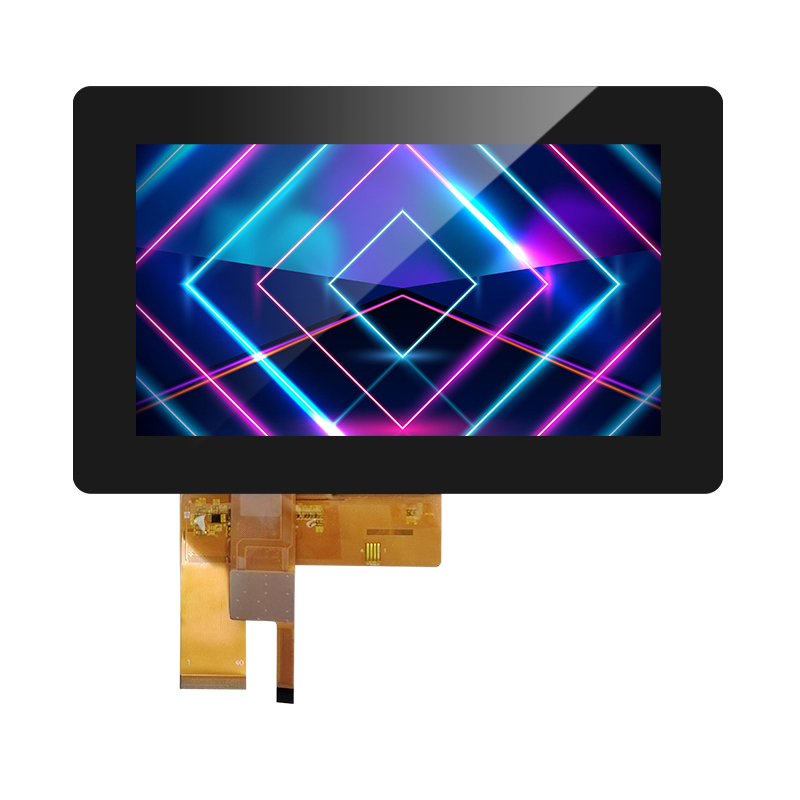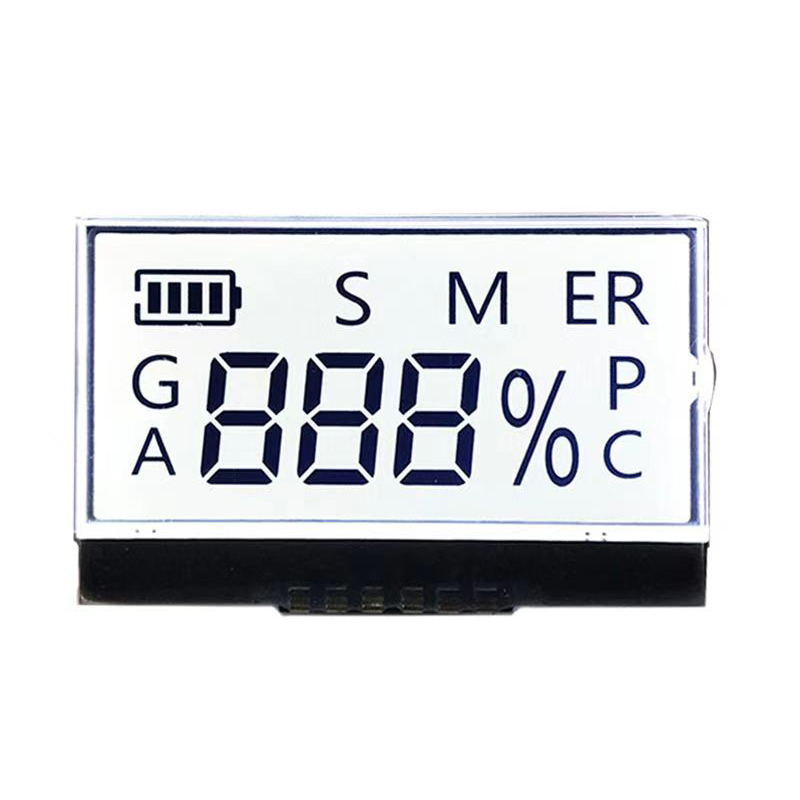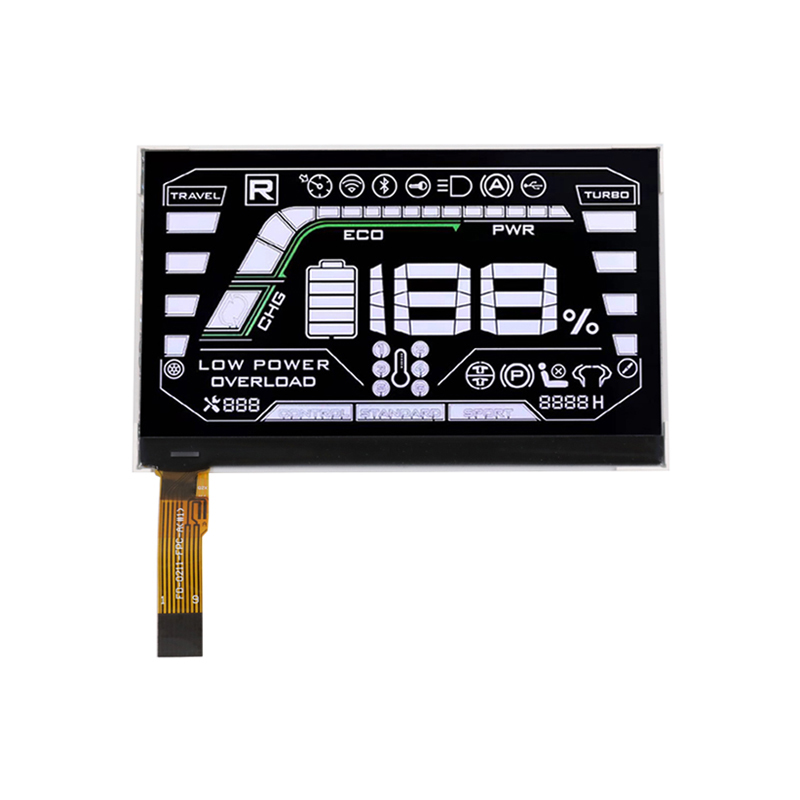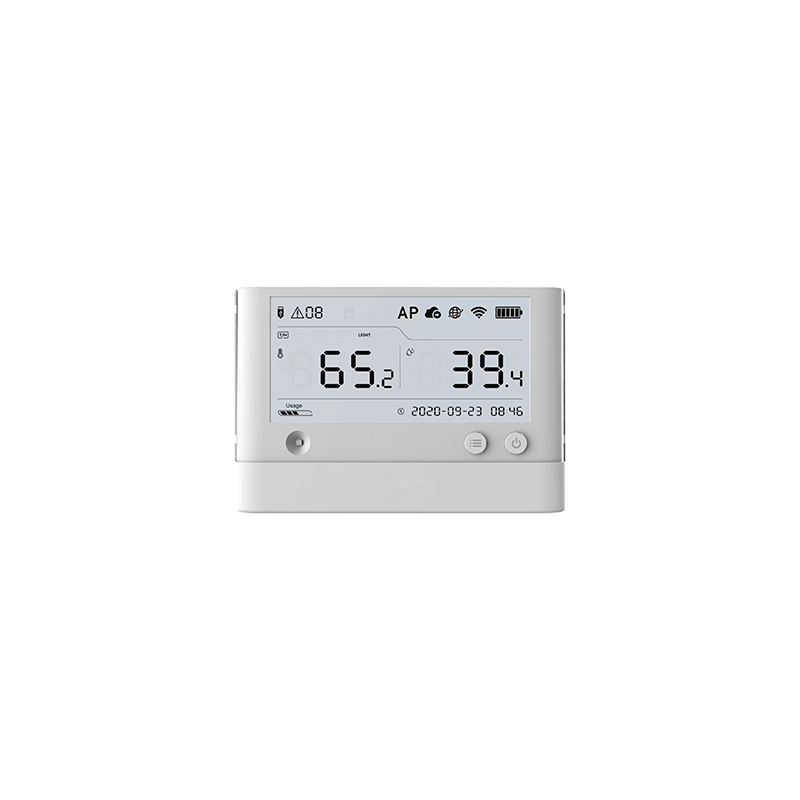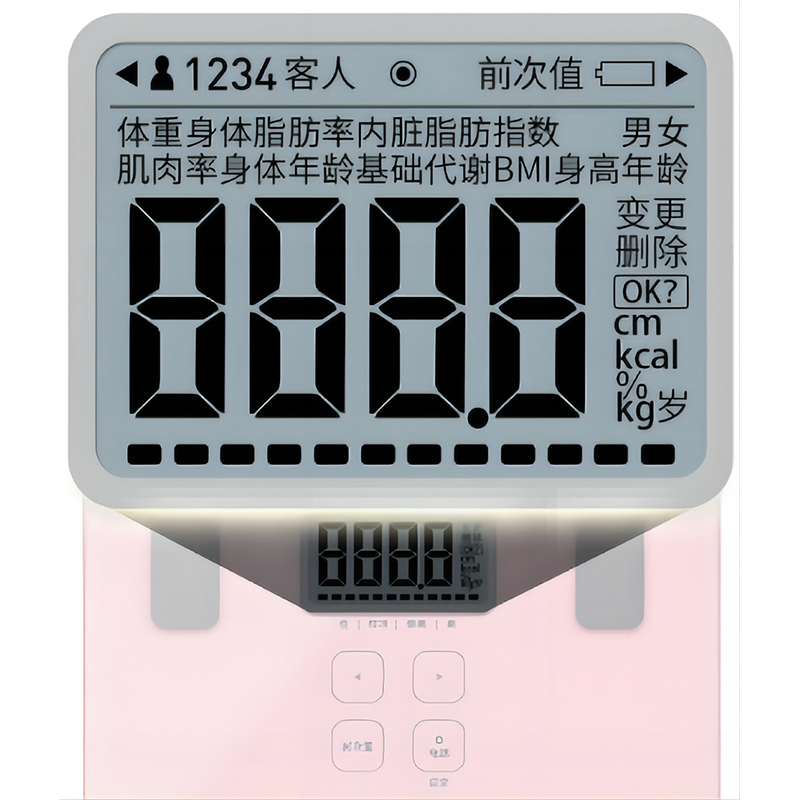
This guide provides a comprehensive overview of using an ESP32 microcontroller with an OLED display, covering hardware selection, software setup, coding examples, and troubleshooting tips. Learn how to integrate these components for various projects, from simple data displays to complex interactive interfaces. We'll explore popular libraries and address common challenges, empowering you to build your own compelling projects.
The choice of ESP32 depends on your project's requirements. Consider factors like memory (flash and RAM), processing power, and available peripherals. Popular choices include the ESP32-WROOM-32 and ESP32-DevKitC V4. For more demanding applications, consider higher-memory versions. Ensure your chosen ESP32 has sufficient GPIO pins to interface with your OLED display.
Many OLED displays are compatible with the ESP32. Popular choices include those based on the SSD1306, SH1106, and SSD1331 drivers. Factors to consider include display size (e.g., 0.96, 1.3, 1.54), resolution, and color (monochrome is most common for ESP32 projects). When selecting, pay close attention to the display's power requirements and communication interface (usually I2C or SPI). Consider factors like brightness and viewing angle as well. For high-quality displays, explore options from reputable manufacturers like Dalian Eastern Display Co., Ltd. They offer a variety of displays suitable for different applications.
The Arduino IDE provides a user-friendly environment for programming the ESP32. Download and install the latest version from the official Arduino website. You'll need to add the ESP32 board support package to your IDE.
Several libraries simplify working with OLED displays on the ESP32. The Adafruit_SSD1306 library is widely used and supports various SSD1306-based displays. Other libraries exist for other driver chips. Install the chosen library through the Arduino IDE Library Manager.
This code snippet shows how to initialize the OLED display using the Adafruit_SSD1306 library:
cpp#includeBuilding upon the initialization, you can display text and simple graphics. The Adafruit_SSD1306 library provides functions for drawing text, lines, rectangles, and more.
cppdisplay.setTextSize(1);display.setTextColor(WHITE);display.setCursor(0,0);display.println(Hello, World!);display.display();Common issues include incorrect wiring, library installation problems, and address conflicts. Double-check your connections, ensure the correct library is installed and configured, and verify the I2C address of your OLED display.
Beyond basic text and graphics, you can integrate sensors, create interactive interfaces, and build more complex applications using your ESP32 with OLED display. Consider projects like displaying sensor data, creating a simple game, or building a custom dashboard.
Combining the ESP32's capabilities with the visual feedback of an OLED display opens a wide range of possibilities for embedded systems development. By following the steps outlined in this guide and leveraging readily available libraries, you can create innovative and engaging projects. Remember to choose your components wisely and carefully troubleshoot any issues you encounter along the way. Using a high-quality display like those offered by Dalian Eastern Display Co., Ltd. can significantly enhance the user experience.

